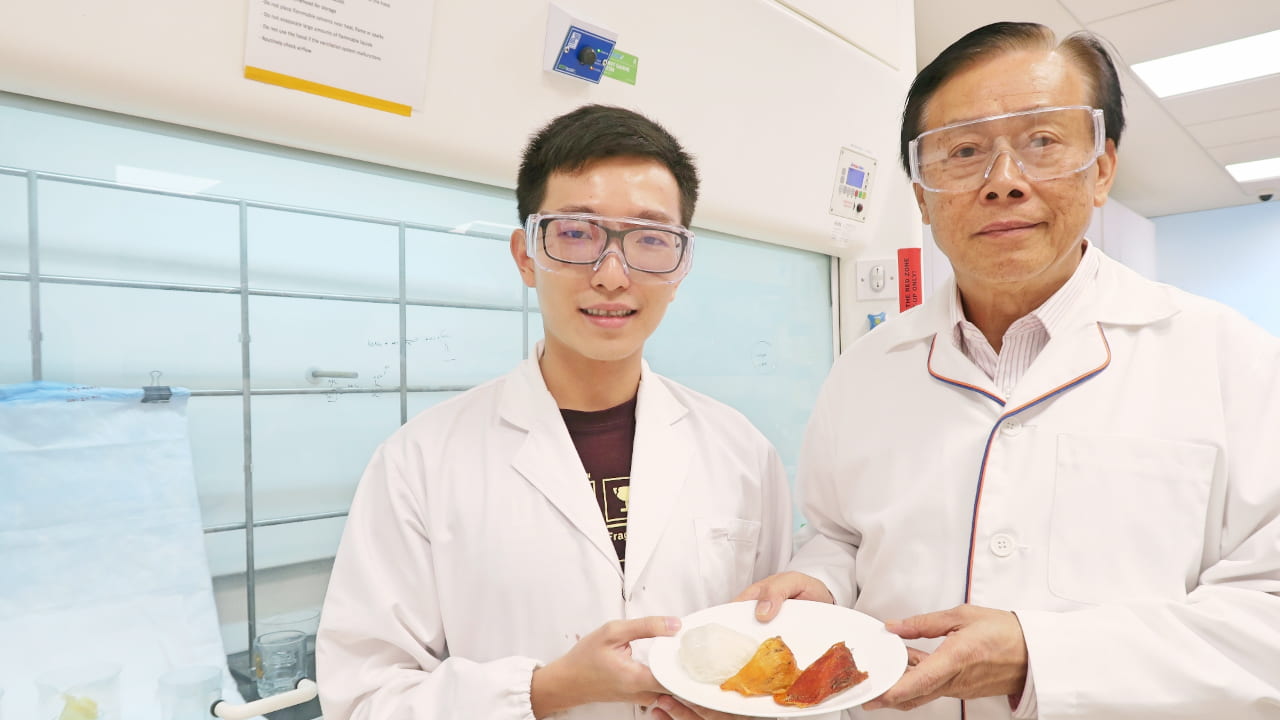Edible bird’s nest (EBN), built by the aerodramus genus of swiftlets, has long been regarded as a quintessential health food in Chinese culture. Globally, the annual market for EBN has been valued in the billions of US dollars, and one kilogram of cleaned EBN can retail for about US$2,500 today. However, there remain many myths, beliefs, and puzzles surrounding EBN that have yet to be thoroughly investigated by science.
The highly sought-after white EBN, built by the aerodramus fuciphagus species of swiftlets, is traditionally harvested from natural limestone caves in Southeast Asia. Since the 1880s, white EBN has also been farmed from man-made bird houses, and today “house EBN” is more abundant than traditional “cave EBN”.
Cave EBN has certain noticeable differences from house EBN, which has fed popular beliefs in its nutritional superiority. For instance, cave EBN can withstand a long stewing time (e.g. double boiling at temperatures of about 100°C for a couple of hours, or industrial retort sterilisation at 121°C for 20 minutes in bottling) without disintegrating, whereas house EBN cannot.
Consumers’ preference and industrial demand for cave EBN has led to rampant overharvesting across Southeast Asia, resulting in a dwindling population of wild cave swiftlets.

Left: House EBN after retort sterilization at 121°C and 20 minutes has disintegrated. Right: Cave EBN after retort retains translucent, gelatinous strands. Photo credit: E. K. S. Shim and S.-Y. Lee
To aid in the conservation of cave swiftlets, my PhD student Eric Shim and I applied the tools of modern chemistry to investigate the differences between cave EBN and house EBN. With this knowledge, we hoped to find a way to make house EBN functionally equivalent to cave EBN, thus reducing the incentives for harvesting cave EBN.
We subjected cave EBN and house EBN to several modern analytical chemistry techniques: Scanning Electron Microscopy with Energy Dispersive X-Ray (SEM-EDX) microanalysis, Fourier-Transform Infrared (FTIR) spectroscopy, and Raman microspectroscopy.
Our analyses revealed that cave EBN differs from house EBN in the existence of a calcite (calcium carbonate) coat on its individual gelatinous strands. The coat appears to originate from the moist limestone walls on which the nests are built, and protects the strands from disintegration under boiling. House EBN, which is typically built on timber planks, lacks such a calcite coat.
After further experimentation, we developed a procedure for growing a calcite coat on house EBN strands. The process is simple and cheap, and involves soaking the EBN in a calcium chloride solution followed by rinsing with a sodium carbonate solution. All chemicals involved are known to be perfectly safe for human consumption. Upon boiling the treated house EBN, we found it to be resistant to disintegration, just like traditional cave EBN.

Left: Scanning Electron Microscope image of house EBN showing a calcite coat grown by precipitation. The calcite coat gives the house nest the same properties as cave EBN. Right: after retort, the EBN retains the translucent, gelatinous strands. Photo credit: E. K. S.Shim and S.-Y. Lee
In light of these discoveries, it appears that there is no further need to harvest cave EBN, since a simple and safe treatment renders house EBN functionally indistinguishable from cave EBN. Hopefully, this will aid in the conservation of the dwindling population of wild cave nest swiftlets.
A Singapore provisional patent (application number 10202005859X) has been filed for the process of converting house EBN to cave EBN.
About the author:
Professor Lee Soo-Ying was the founding Dean of the School of Physical & Mathematical Sciences at NTU, and is currently the director of the Institute of Advanced Studies at NTU. He is a Fellow of the Royal Society of Chemistry, a Chartered Chemist, and an elected Fellow of the Academy of Science, Malaysia.

